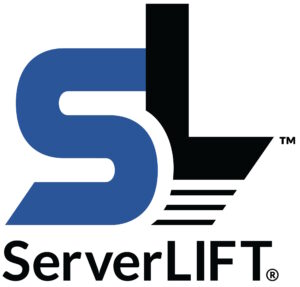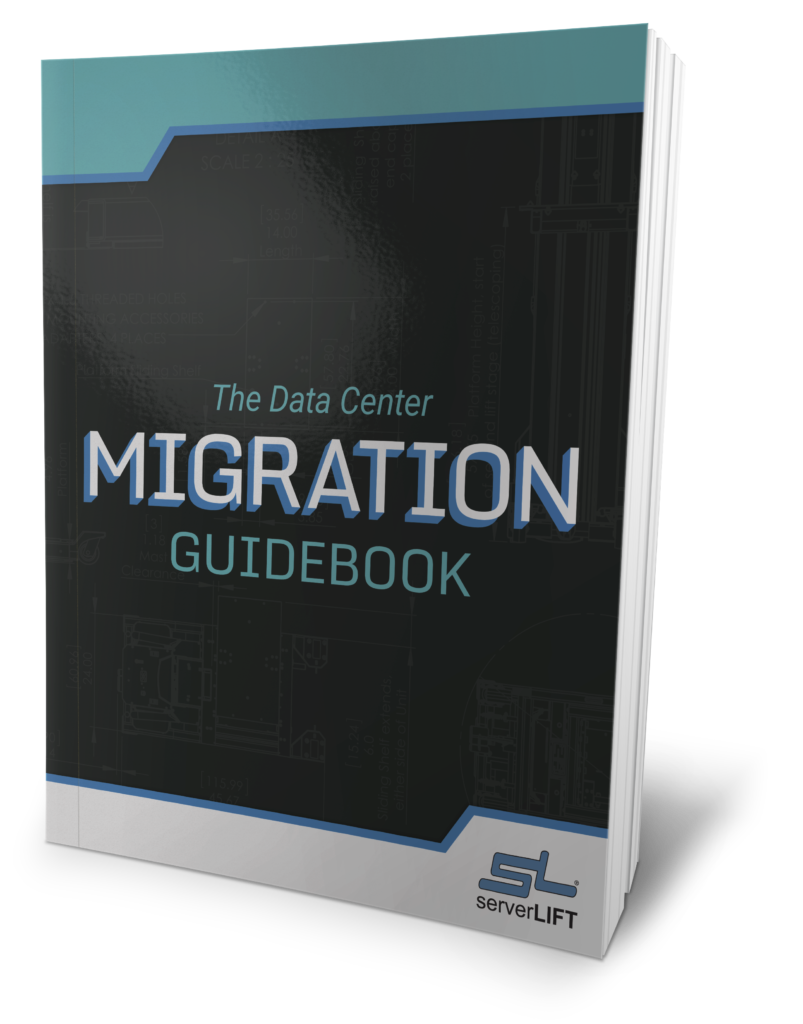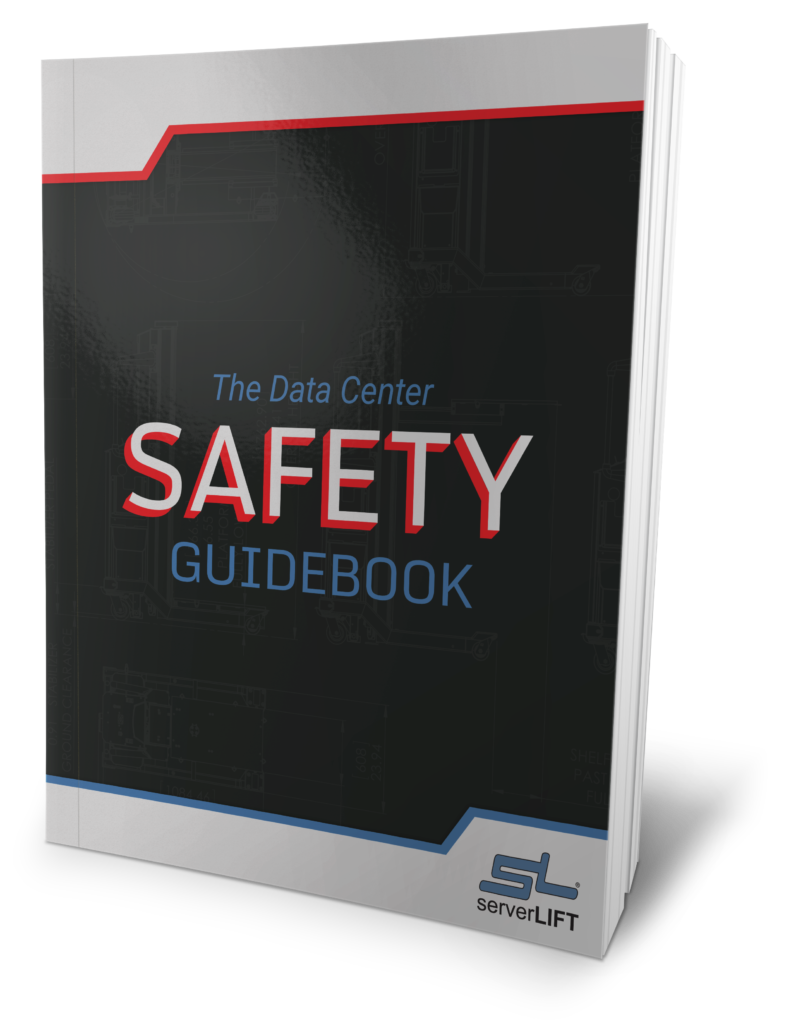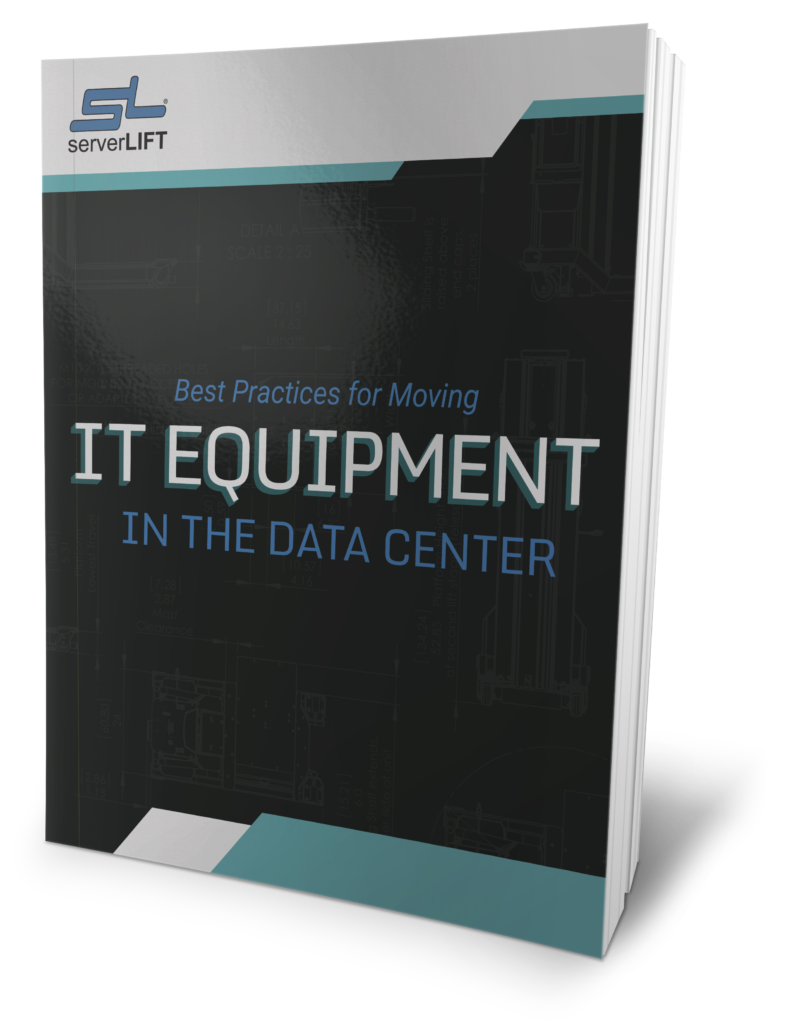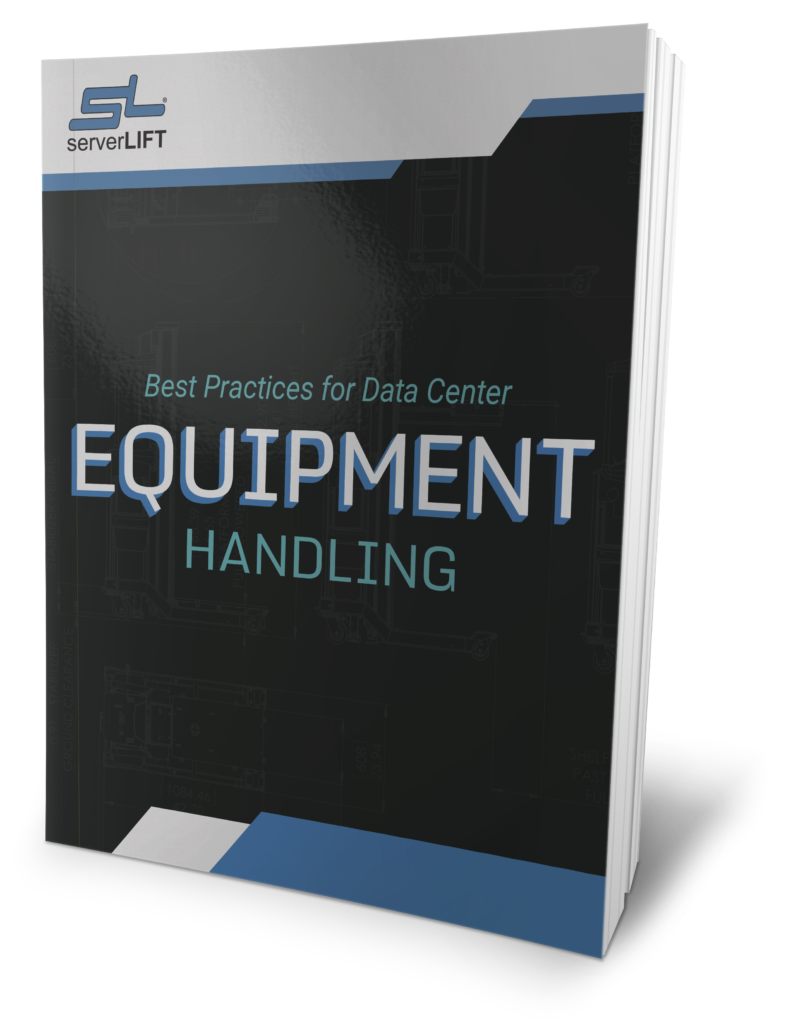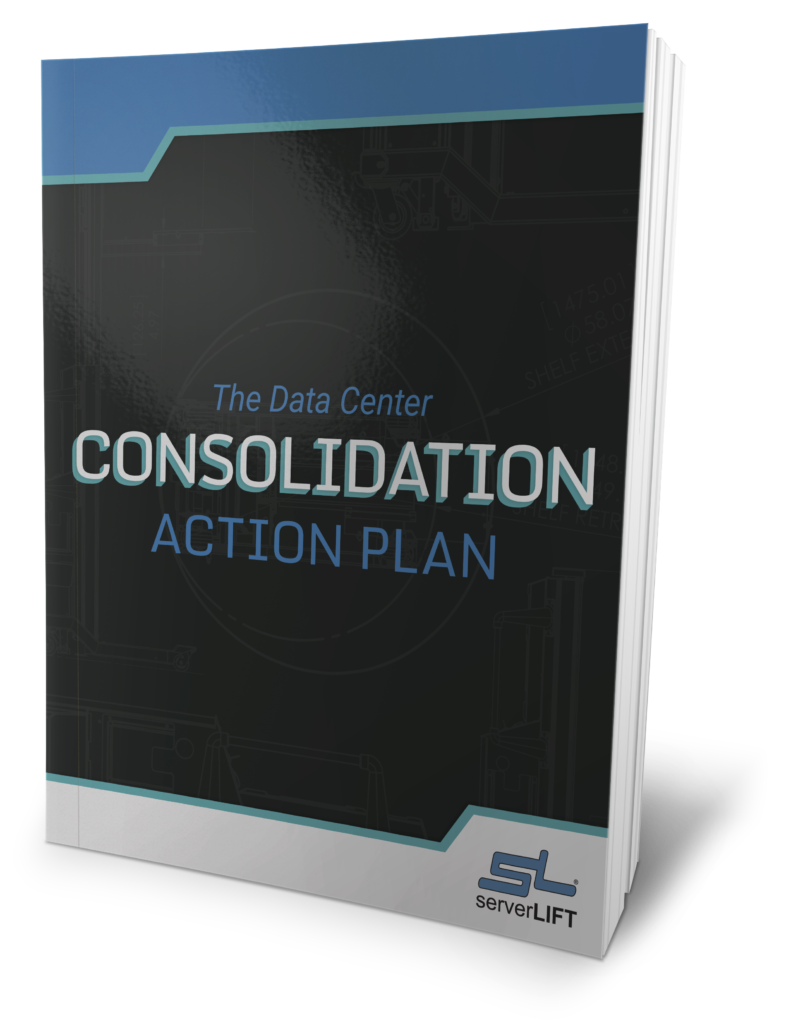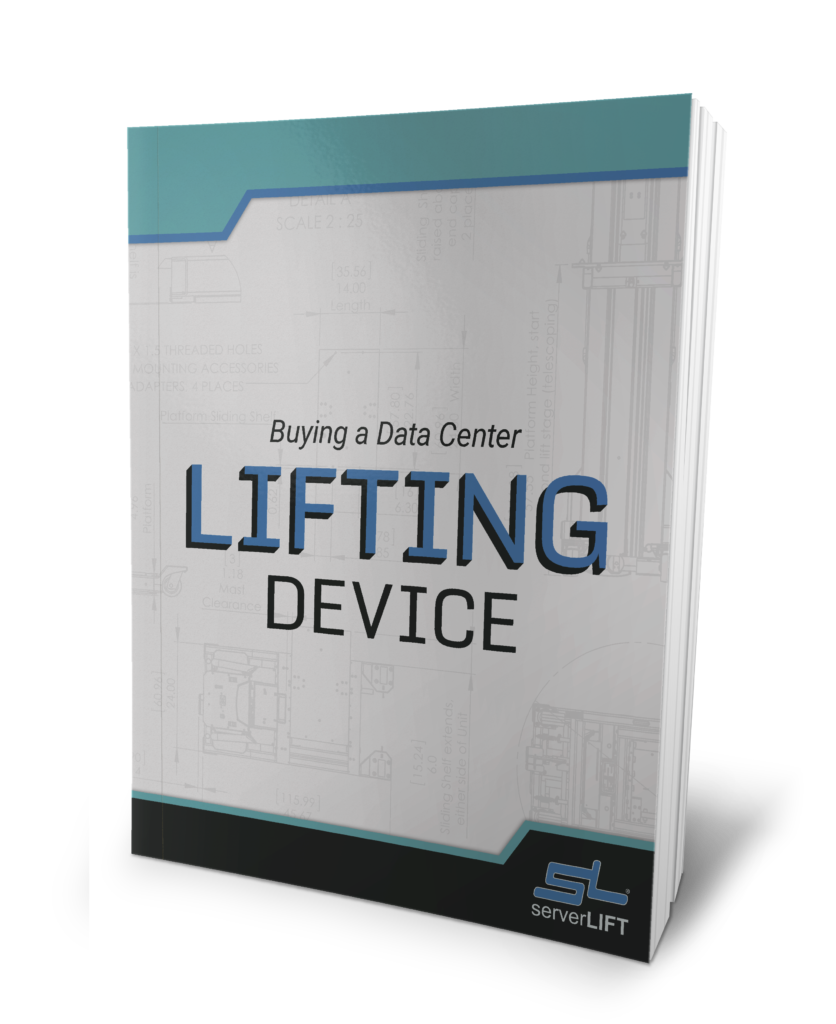The data center is a high-risk environment requiring highly trained personnel. A smart data center safety plan is great to have . . . but useless if it’s not properly implemented. Thus, the untrained or poorly trained engineer is kryptonite for data center safety; any safety culture is only as strong as your weakest link.
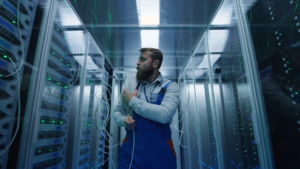 We spoke with Walter Leclerc, Director, Environmental Occupational Health and Safety with Digital Realty. He speaks all over the country on this topic, so we asked him to update his main areas of focus for us. They can be summarized into eight categories: risk assessment, equipment-specific lockout/tagout procedures, electrical work, working at height, hot work, lifting and handling, sensor technology and digitalization, and contractor management. “When focusing on safety in a data center, in my experience, all eight of these components are the focus areas,” says Leclerc.
We spoke with Walter Leclerc, Director, Environmental Occupational Health and Safety with Digital Realty. He speaks all over the country on this topic, so we asked him to update his main areas of focus for us. They can be summarized into eight categories: risk assessment, equipment-specific lockout/tagout procedures, electrical work, working at height, hot work, lifting and handling, sensor technology and digitalization, and contractor management. “When focusing on safety in a data center, in my experience, all eight of these components are the focus areas,” says Leclerc.
The efficient and smart approach to data center safety guidelines is as follows:
1. Research and identify hazards
2. Audit systems, policies, processes, and procedures
3. Implement improvements (with appropriate buy-in from leadership)
Below, we’ve put together a checklist on how to do that via the eight primary focus areas identified by Leclerc. We’ll also touch upon social distancing and other safety-related aspects of the pandemic affecting data centers all over the world, and how to respond appropriately.
#1: Perform a Comprehensive Risk Assessment
Check all of the following before any job by performing a standard data center safety risk assessment:
- Identify the risks and hazards of the job
- Eliminate or mitigate the risks by implementing controls
- Obtain the appropriate permits
 Follow all safety policies and procedures
Follow all safety policies and procedures
- Use proper personal protective equipment (PPE)
- Training, training, and more training
“If a worker finds any safety gaps before starting a job, they must mitigate or eliminate those gaps before moving forward,” says Leclerc. “It is a cliché, but workers do need to look at it from a continuous improvement cycle perspective. It needs to be in play (plan-do-check-act), and it needs to be active and working to make the work environment safe.”
#2: Review Equipment-Specific Lockout/Tagout Procedures
Proper lockout and tagout procedures entail the development of an energy control program that maintains employee safety. During use, equipment must either be locked out (turned off or de-energized so that electrical hazards are mitigated) or tagged out (marked for avoidance in a manner equivalent to lockout procedures) or when allowed, comply with additional energy control provisions in OSHA’s standards. Read more from OSHA here.
- Bring employees up-to-date with lockout/tagout options on every handled piece of equipment and train to those specific procedures.
- Many companies just provide generic annual lockout/tagout training, which may meet OSHA regulations, but if building a safety culture or taking your safety program to the next level is your goal, detailed and equipment-specific lockout/tagout training is best.
#3: Supervise Electrical Work
The guidelines on electrical work are similar to those for lockout/tagout. Ensure proper training across the board before allowing IT equipment access. 
- Identify all known electrical hazards
- Meet or exceed qualified worker standards
- Establish an energized electrical work minimization policy (for the most part, workers have to de-energize before carrying out tasks, and must know how to check and assess voltage risk)
- Train workers on specific electrical equipment and processes
#4: Prep for Working at Height
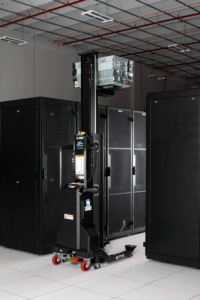 Accidental falls and dropped objects can be catastrophic for data center engineers and the IT equipment they are handling. Ensure workers are ready to work at any height.
Accidental falls and dropped objects can be catastrophic for data center engineers and the IT equipment they are handling. Ensure workers are ready to work at any height.
- Craft specific procedures and training curriculum for working at height on ladders and roofs as well as using cranes, lifts and scaffolds
- Inspect equipment for working at height regularly and subject it to standard safety checks
#5: Avoid Hot Work
This is any work done around combustible, ignitable, or flammable materials. If hot work must be done:
- Identify designated “safe zones” for welding and cutting
- Some companies ban hot work around IT infrastructure, and relocate dangerous materials before getting to work
#6: Enforce Safe Lifting and Handling
The best way to implement a successful lifting and handling safety plan is by sticking firm to the 50-pound manual lifting limitation, and supplying staff with the proper tools for lifting heavier servers and other hardware.
- Nothing weighing more than 50 pounds should be lifted manually
- If an item under 50 pounds must be moved, ensure employees have proper situational awareness training and know when to utilize a data center lift
- Teach proper lifting techniques for use with and without assistive devices
- Implement mechanized lifting systems whenever necessary
#7: Embrace Sensor Technology and Digitalization
Creating a smart, responsive data center is the way of the future, according to Leclerc: “It’s about giving operators real-time information to understand their work environment.” Further, human error is minimized and data centers can operate with a smaller staff.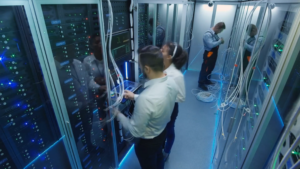
Technology is being developed or already exists to do the following:
- Monitor noise levels remotely in real-time. “Employees can know if a generator room exceeds recommended decibel levels before they enter,” explains Leclerc.
- Monitor energized systems with devices such as absence of voltage testers (AVTs)
- Digitally monitor water usage using ultrasonic flow meters
- Some companies use predictive analytics to prevent injuries from occurring, as well as reduce unplanned downtime of IT equipment
- And, new technology is evolving across industries to check AEDs using remote monitoring sensors (RMS) for constant functionality issues which eliminates the need for onsite monthly inspections
#8: Contractor Management
Any data center operator using vendors or contractors to do work must ask if the people they’re bringing in are qualified to be there. “Data centers should require their service providers to conduct structured safety training before allowing them on the data center floor,” says Leclerc.
- Match vendor and service provider safety protocols to those of your data center
- Post clear and visible safety signage throughout your facilities
Data Center Safety Protocols Shifting with the Pandemic
Social distancing and COVID-19, while top of mind, do not change proper safety protocols to any particular degree, in Leclerc’s opinion. “The data center is naturally a controlled environment, so we have built-in social distancing.”
Leclerc’s teams have made a few smart changes. “We’re doing a few things. We stagger our shifts to minimize the risk of cross-contamination among our teams. We’re doing extra cleaning and looking at filtering technology to ensure we are using the best available technology to keep our HVAC systems clean. We have also strengthened our lone worker policies and procedures, and our engineers are disinfecting their equipment at the end of every shift.”
Social distancing occurs naturally in a well-prepared data center environment that provides employees with the right tools. An empowered worker is going to have the safest and most productive experience dealing with all of these scenarios. “I think an undercurrent of a lot of this is that an empowered data center employee is now able to optimally protect themselves,” says Leclerc.
This is especially true when staffing levels are reduced or staggered, remote work is on the rise, and data center employees are entrusted with regular solo work. “The future is going to be more individual work, so we need to empower our team. We need to give them the resources and tools they need to effectively perform their jobs, and we need to continuously educate them.”
Read on to learn more about the culture of safety at ServerLIFT®. We also offer a free downloadable guide on Data Center Safety; click here.



